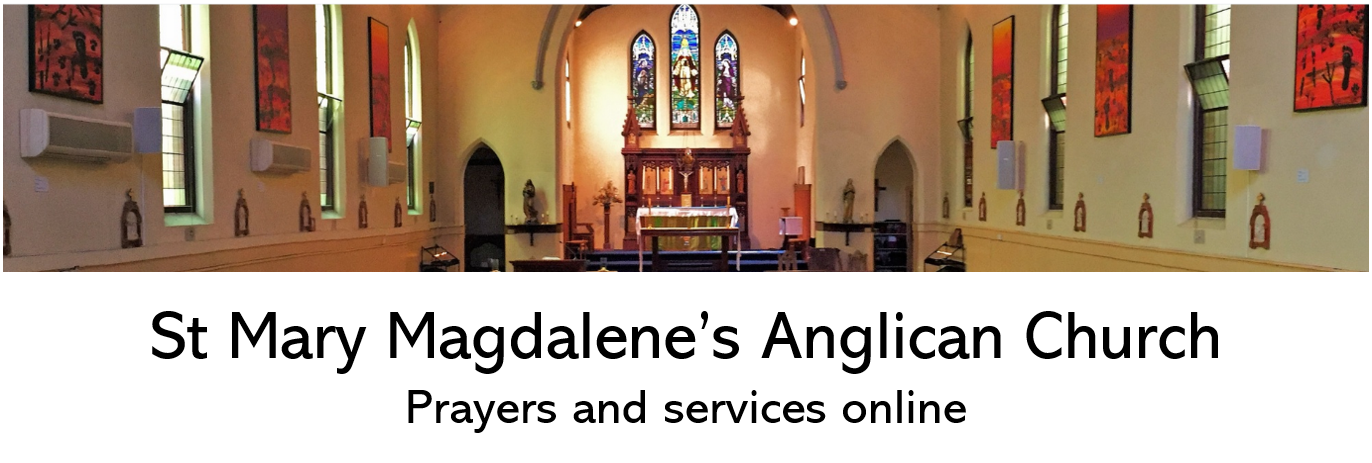Like Jacob waking up and exclaiming: “Surely the Lord is in this place, and I did not know it”, helping us realise that wherever we are “this [place] is the gate of heaven”.
Practising resurrection: an invitation
Practising resurrection: an invitation to enter into a way of life that leads to life. It is not about trying harder: it is not about achievement or success. These precepts are practical and practised ways of living in a grounded and real way, and they include the following ground-rules:
Is, not should: reminding us how deadening the “should” and “oughts” in our lives can be
Drawn, not driven: hinting at the authentic and gentle movement of the Spirit of God, rescuing us from the tyranny of our addictions and compulsions
Now, not then: moving us away from the grip of regret about the past and anxiety about the future
What, not why: helping us focus on the reality or the facts of life rather than being lost in the endlessness of the often futile question “why?”
Me, not you: allowing us to move away from competitiveness and defensiveness into the grace-filled responsibility of learning to live out of our truth.

The goal of Christian life becomes not enlightenment but wholeness- an acceptance of this complicated and muddled bundle of experiences as a possible theatre for God’s creative work.
Rowan Williams
Image: Breathe, Billie Bond
Just to know that this is the place for “God’s creative work” is a good place to begin. Have you any sense – however far from God you may seem, however ”messed” up or confused – that here is tailor-made for God?
To notice –
and this usually takes courage, time and work –
that even our imperfections or mistakes need to be embraced –
for with God nothing is wasted.
Can you name feelings,
or a part of yourself,
which you ignore or reject?

The images in this post are of work by Billie Bond, a ceramicist who works with the Japanese kintsugi method of repairing broken ceramic with gold resin.
She says of her work…
“Breathe” presents aspects of psychological trauma and healing as a physical narrative… exploring the fragility and resilience of the human condition through the violated materiality of the portrait.
The work begins its journey in the traditional sense of realistic representation, then seeks to expand … through a process of destruction and repair to convey a journey of grief and trauma to healing and wellbeing. The illuminated resin sections represent an enlightenment through experience.
This work sits quietly and meditatively presenting imperfections, pain and memories – the scars of life.
Inspired by the ancient Japanese art of Kintsugi (the repair of broken ceramics with gold), a philosophy of seeing beauty in imperfection.
For more information visit Billie Bond
For a printable PDF of the text of this meditation please click the link below.





1 Comment
Dear Philip,
I love the concept of kitsugi. Thank you for Practise resurrection.